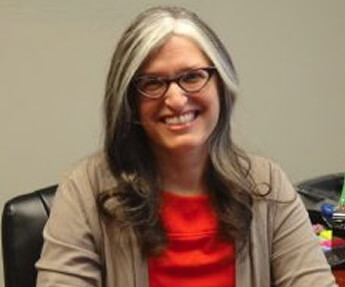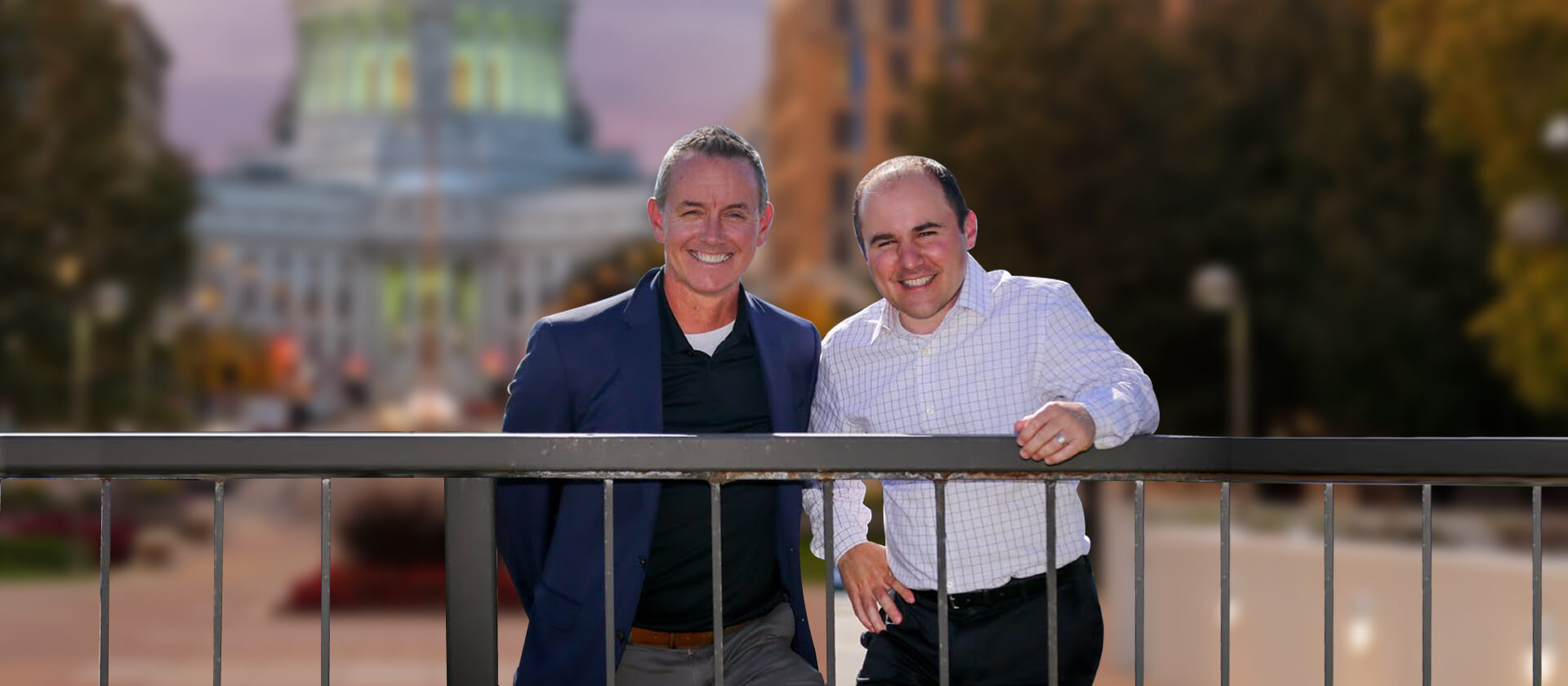





Attorney at Debt Advisors Law Offices
Practice Areas: Chapter 7 Bankruptcy, Chapter 13 Bankruptcy, Stop Foreclosure
Debt has a way of taking over life piece by piece. A few missed payments can quickly snowball into mounting bills, rising interest rates, and relentless calls from creditors. For many families, this constant pressure doesn’t just affect the bank account, it impacts health, relationships, and the ability to plan for the future.
While people often try to budget harder, take on extra work, or sign up for debt consolidation programs, these fixes rarely solve the deeper problem. In some cases, they even make matters worse. That’s why understanding the legal and practical options for real debt relief is so important. With the right approach, it’s possible to stop the cycle, regain control, and start building a debt free life.
For many households, debt is more than just a financial problem. It affects daily choices, relationships, and long-term goals. Some attempt to balance budgets, take extra jobs, or enter repayment plans. While these efforts can help, they rarely solve the root issue. High-interest credit cards, medical bills, or payday loans quickly grow beyond control.
When people hear about bankruptcy, they may assume it means losing everything. In reality, bankruptcy is designed to give individuals and families a fresh financial start. It is not the only option, but for many, it’s the most effective way to stop the endless cycle of late fees and debt collection stress.
One reason people delay seeking help is the number of myths surrounding debt relief. Many fall victim to solutions that promise too much and deliver very little.
According to the Federal Trade Commission (FTC), debt settlement and “too-good-to-be-true” consolidation offers are among the most common financial scams targeting consumers in the U.S.
Debt consolidation often looks appealing because it combines multiple debts into one monthly payment. However, it does not erase the debt, and hidden fees or high interest rates can make matters worse. Payday loans are another trap. They are marketed as short-term fixes but often come with extremely high interest rates that keep borrowers in a permanent cycle of repayment.
Another myth is that bankruptcy removes every type of debt. While it can discharge many unsecured debts such as credit card balances and medical bills, certain obligations like child support, student loans, and most taxes usually remain. Understanding what bankruptcy can and cannot do is key to making an informed decision.
Recognizing when it’s time to seek help can prevent even greater financial damage. If you are experiencing any of these issues, it may be time to look at debt relief options:
Waiting too long often makes the problem bigger. Taking action sooner gives you more options and a clearer path forward.
When budgeting and repayment plans no longer ease the burden, it helps to understand the legal frameworks available for lasting debt relief. These options are not quick fixes but structured solutions designed to protect individuals and families.
Chapter 7 is sometimes called “liquidation,” but the reality is more nuanced. It can discharge many unsecured debts, such as credit card balances or medical bills, offering a clean financial reset.
The process usually takes a few months and may involve giving up certain non-exempt property, though Wisconsin law allows exemptions that let you keep essentials like household goods and retirement savings. This option is best understood as a way to eliminate qualifying debts and give people a fresh start.
Chapter 13 in Wisconsin, known as “reorganization,” works differently. Instead of wiping out qualifying debts all at once, it creates a court-approved repayment plan over three to five years. This approach allows individuals with steady income to repay part of what they owe while keeping their home, car, or other assets.
By restructuring debt into smaller, manageable payments, Chapter 13 helps people regain stability without the immediate loss of property.
Under the Bankruptcy Abuse Prevention and Consumer Protection Act (BAPCPA), individuals must complete credit counseling from an approved provider before filing.
For more details, see the U.S. Courts Bankruptcy Basics, which explains the federal framework and requirements.
To better understand which path may be right for you, here’s a simple comparison of common debt options:
| Option | How It Works | Risks |
Long-Term Outlook |
| Debt Consolidation | Combines debts into one payment | High fees, scams, doesn’t erase debt | Often delays real solutions |
| Payday Loans | Short-term cash advance | Very high interest, cycle of debt | Worsens debt burden |
| Chapter 7 Bankruptcy | Discharge of many unsecured debts | May lose non-exempt assets, credit impact | Fresh financial start, but not all debts erased |
| Chapter 13 Bankruptcy | Repayment plan over 3–5 years | Requires steady income, not immediate relief | Manageable payments, keep assets |
Filing for bankruptcy or pursuing another debt relief option is not the end of your financial story. It can be the beginning of a stronger foundation. Rebuilding life after bankruptcy involves careful steps. Start by monitoring your credit report, making payments on time, and using credit responsibly in small amounts. Creating and sticking to a budget ensures you avoid falling into the same traps.
Wisconsin law allows exemptions that may let you keep certain assets, even after filing for bankruptcy.
Many people are surprised by how quickly they can begin to recover. Within a year or two, responsible financial choices can improve credit scores and open opportunities for loans, housing, and even employment.
It means certain unsecured debts are discharged, giving you a financial reset, but obligations like child support, student loans, or taxes often remain.
No. Options include budgeting, credit counseling, debt management plans, and bankruptcy when other methods are not enough.
No. It typically removes unsecured debts such as credit cards and medical bills, but not student loans, child support, or most taxes.
Bankruptcy remains on credit reports for up to 10 years, but many people start rebuilding responsibly within one to two years.
Consolidation combines debts into one payment but doesn’t erase them. Bankruptcy can discharge certain debts or restructure repayment under court protection.
Not necessarily. Wisconsin exemptions allow you to keep essentials like household goods, retirement savings, and some home equity.
Living with overwhelming debt can feel impossible, but you are not alone. Quick fixes like payday loans or consolidation scams often make matters worse. Legal tools such as Chapter 7 and Chapter 13 offer real ways to stop debt and create a path toward financial stability. While bankruptcy is not the right option for everyone, it can provide meaningful relief when other methods fail.
If you are considering debt relief, speaking with a Wisconsin bankruptcy lawyer can help you understand your rights, options, and the steps needed for a financial reset.
Debt Advisors Law Offices is a debt relief agency. We help people file for bankruptcy under the Bankruptcy Code. If you are struggling with debt, schedule your free consultation today and take the first step toward living debt free.

Learn about bankruptcy protections, types of bankruptcy, how to get started, what to expect, and who to trust. Filing bankruptcy is the ONLY way to completely eliminate debt. If bankruptcy is right for you, it offers powerful protections that cannot be achieved through alternative solutions such as hardship relief, loans, or debt settlement.